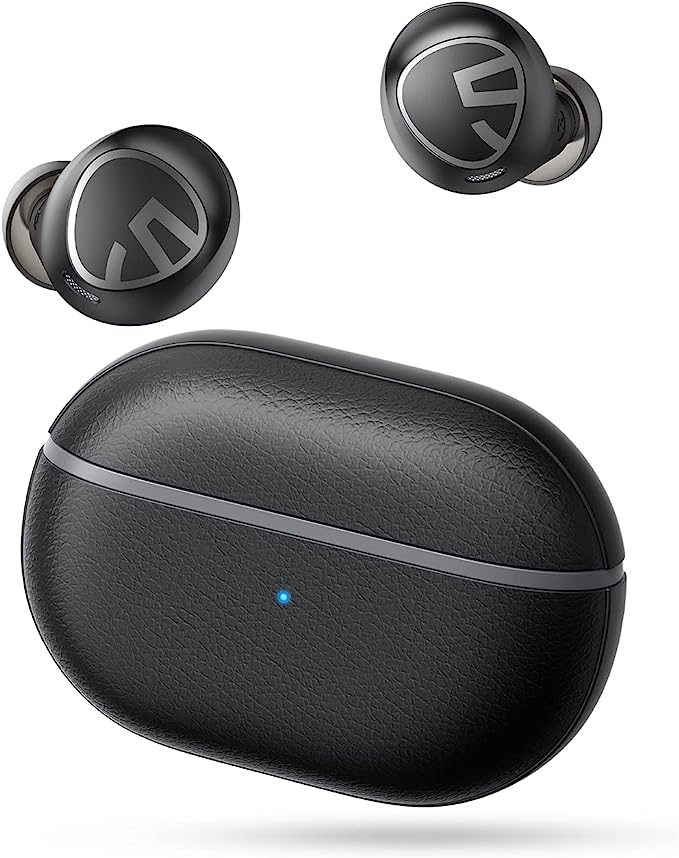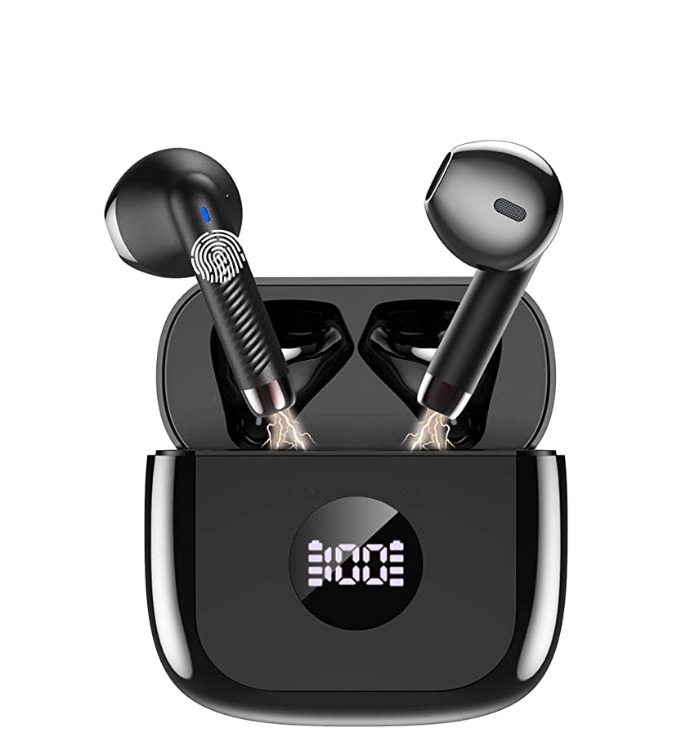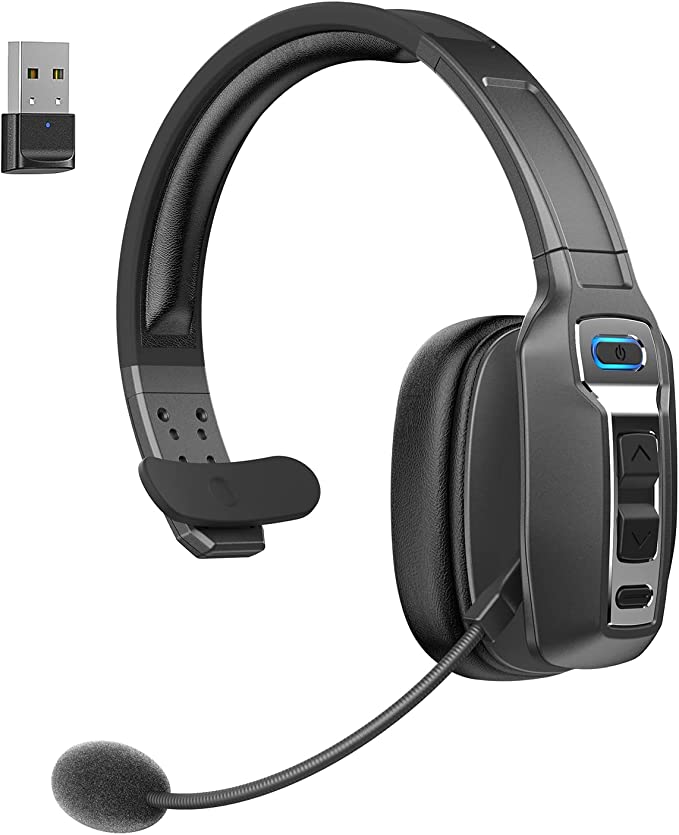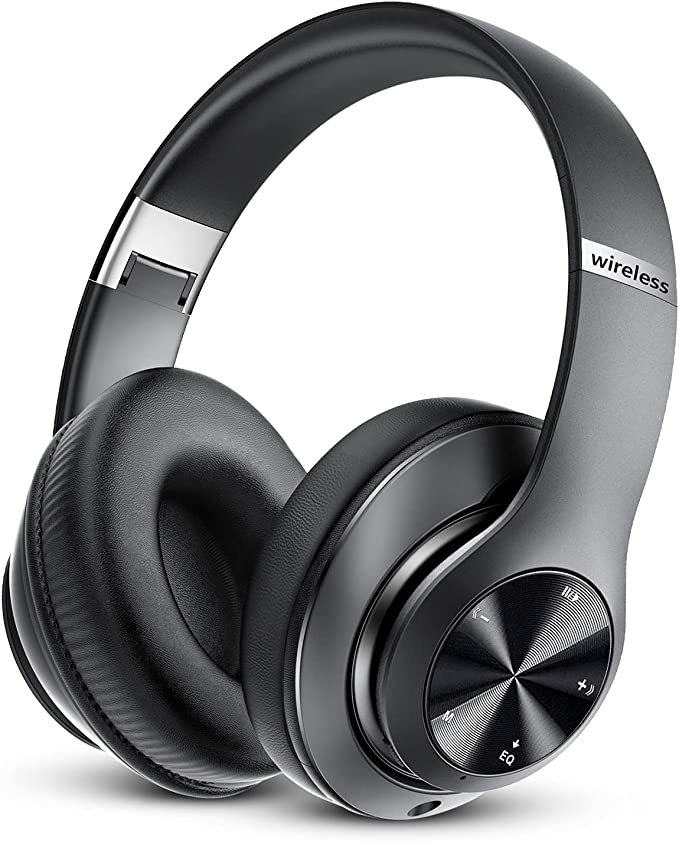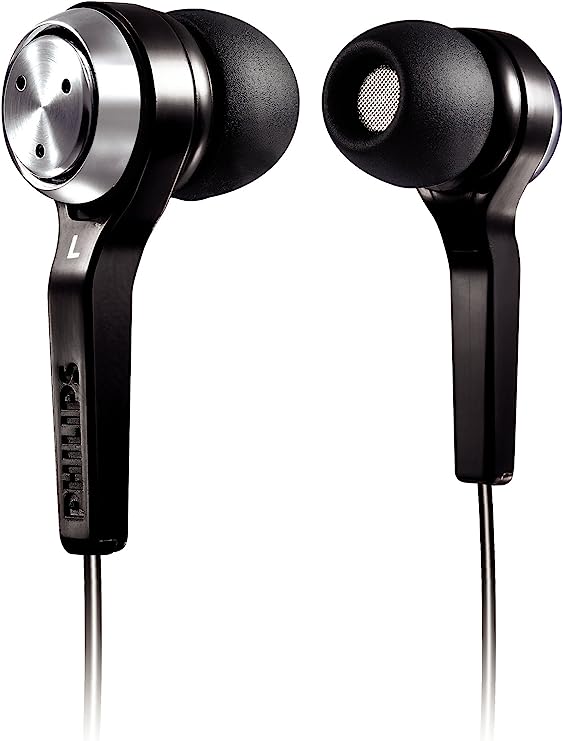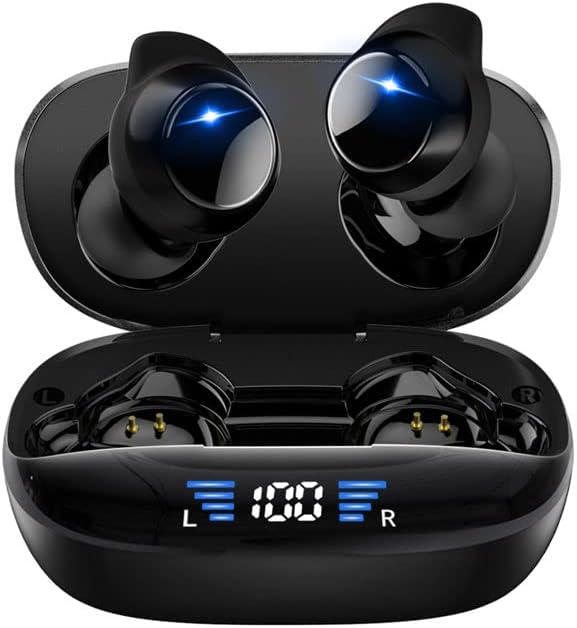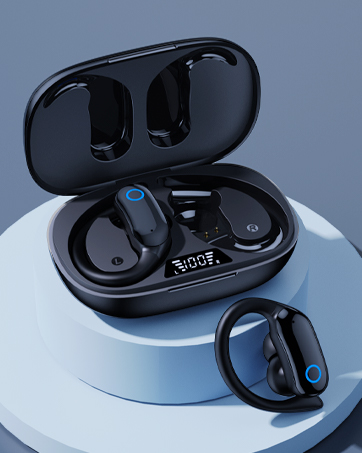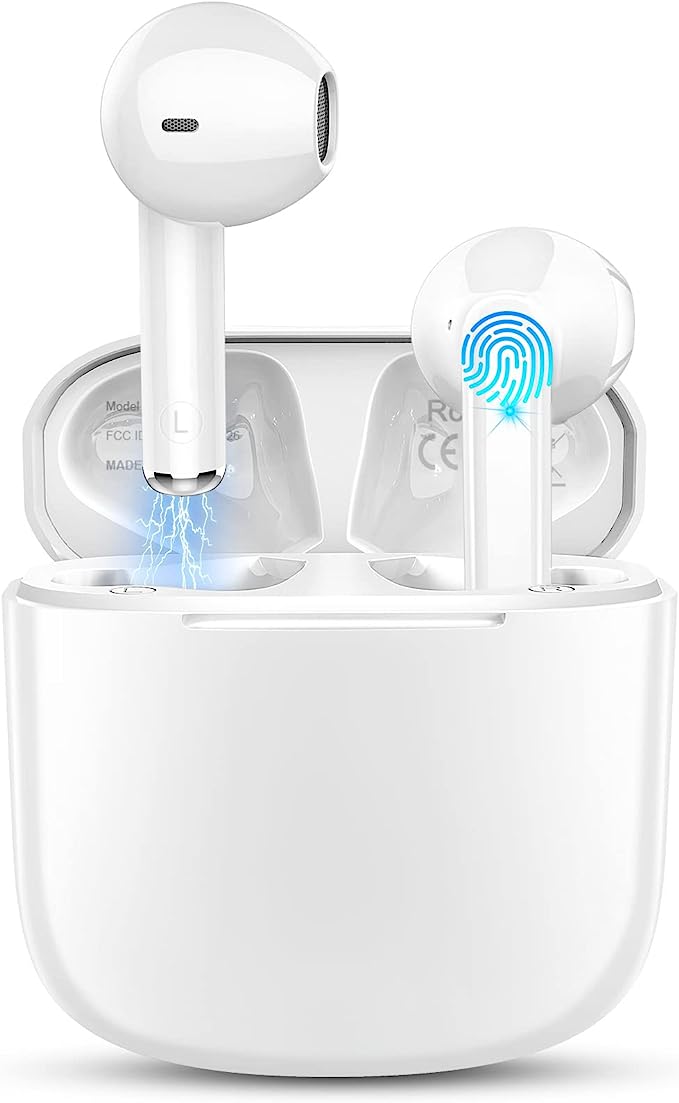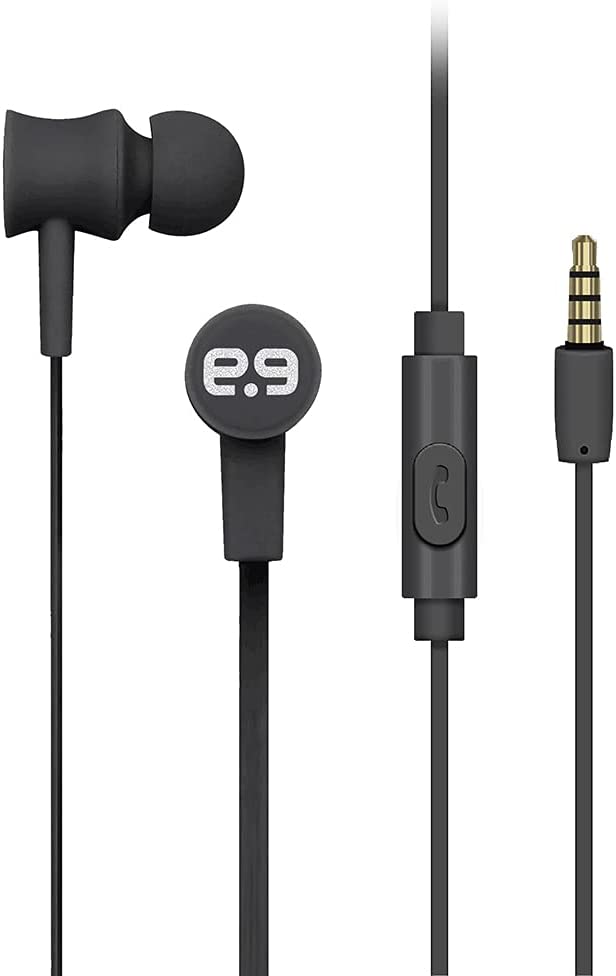The Hard Truth About Portable Air Conditioners: What to Know Before You Buy
Update on Oct. 7, 2025, 1:04 p.m.
The air in your apartment is thick, hot, and still. The weather forecast promises another week of searing temperatures, and your collection of fans is doing little more than circulating misery. A portable air conditioner starts to feel less like a luxury and more like a survival tool. The ads paint a perfect picture: a sleek unit rolls silently into place, and with the press of a button, your sweltering space transforms into a cool, crisp oasis. No complex installation, no arguments with the landlord. It seems like the perfect, modern solution.
But is it?
Before you click “add to cart,” let’s have an honest conversation. This is not a review designed to sell you a specific product. Instead, we’re going to use a typical, popular unit—the BLACK+DECKER BPP05WTB 8,000 BTU model—as our case study. We’ll peel back the marketing layers to examine the universal truths, the necessary compromises, and the unspoken hassles that come with almost every portable air conditioner. Our goal is simple: to arm you with a realistic set of expectations, so you can make a decision you won’t regret when the heat is on.

Myth #1: “It’s ‘Install-Free’ and Effortlessly Portable”
The Fantasy: You unbox the unit, roll it to your favorite spot, plug it in, and bask in the immediate cool. On a hot afternoon, you decide to move it from your home office to the living room with the ease of shifting a floor lamp.
The Reality: The term “portable” is perhaps the most misleading aspect of this entire product category. It’s more accurately described as “non-permanent” or “luggable.” The first hurdle you’ll encounter is the mandatory window exhaust kit. This isn’t an optional accessory; it’s a fundamental requirement. The machine cools your room by capturing heat and moisture and ejecting it outside through a large, cumbersome hose. This requires a semi-permanent installation in a window.
For many users of the BPP05WTB, this is where the fantasy first collides with a frustrating reality. One reviewer described their setup as a “two hours of exasperation” ordeal. The included plastic window slider panels are often flimsy and may not perfectly fit your window opening. As one user noted about their window attachment, “the slider is NOT flush… this takes time to make it flush.” Many find they have to cut the plastic panels to size—a task requiring a saw, which the average apartment dweller might not have on hand. Even then, getting a perfect, airtight seal is a challenge, often requiring extra foam tape and a bit of DIY ingenuity to prevent hot air from leaking back in.
Then there’s the paradox of its portability. While the BPP05WTB has wheels, its 51.1-pound weight and reliance on that bulky 5.9-inch diameter hose make moving it a significant chore. You can’t just casually roll it between rooms; each move requires the complete disassembly and reassembly of the window kit. This is compounded by another critical constraint found in the user manual: the stern warning against using extension cords. The included 70.8-inch (just under 6 feet) power cord means the unit must be placed very close to both a suitable window and a properly grounded outlet, drastically limiting your placement options. The dream of a mobile cooling companion quickly evaporates into the reality of a heavy, tethered appliance.
Okay, so you’ve wrestled with the window kit, found the perfect spot near an outlet, and finally have it set up. Now for the main event: the cooling. But will that big ‘8,000 BTU’ number on the box translate to an icy oasis, or is it another case of high expectations meeting a lukewarm reality?

Myth #2: “8,000 BTU Will Comfortably Cool Your Space”
The Fantasy: The “8,000 BTU” proudly displayed on the box seems impressive. You’ve done a little research and found that this should be sufficient for a room up to 350 square feet—perfect for your bedroom or small studio apartment.
The Reality: This is where we encounter one of the most confusing and, frankly, misleading practices in the air conditioner industry. That “8,000 BTU” figure is based on a standard from the ASHRAE (American Society of Heating, Refrigerating and Air-Conditioning Engineers). It’s a lab-based measurement under ideal conditions that doesn’t account for the real-world inefficiencies of a portable unit.
Thankfully, the U.S. Department of Energy (DOE) stepped in and created a more realistic testing standard called SACC (Seasonally Adjusted Cooling Capacity). The SACC rating for this very same “8,000 BTU” machine is a much more modest 5,000 BTU. This isn’t a different mode; it’s just a more honest measurement of the cooling power you will actually experience.
The gap between user experiences reflects this discrepancy. One user with a small, 120 sq. ft. room containing heat-generating PCs called the output an “arctic blast,” finding it more than sufficient. However, another user was less impressed, stating that even on the highest setting, “the room does not get below 71 degrees F.” The truth is, a portable AC’s effectiveness is intensely dependent on your specific environment. It will fight a losing battle in a room with high ceilings, poor insulation, drafty windows, or significant heat sources (like direct sunlight or electronics). It excels at creating a localized bubble of comfort, but it may struggle to bring down the overall ambient temperature of a larger, less-than-ideal space. A portable AC is a superb spot cooler, but it is not a replacement for central air.
Myth #3: “It’s Quiet Enough for a Bedroom”
The Fantasy: A special “Sleep Mode” is advertised, promising to keep you cool with just a gentle, soothing hum, ensuring a restful night.
The Reality: If there is one complaint that echoes across nearly all reviews for all brands of portable air conditioners, it is noise. The BLACK+DECKER BPP05WTB is rated at 52 decibels (dB) on its highest setting. To put that in perspective: * 30 dB: A soft whisper * 40 dB: A quiet library * 50 dB: A refrigerator humming * 60 dB: A normal conversation
At 52 dB, this unit is louder than a modern refrigerator. While that might be acceptable in a busy living room during the day, it can be a significant intrusion in the silence of a bedroom at night. As one verified purchaser bluntly put it, “it is very loud. i don’t keep it on at night because it’s so loud.” Another stated, “it’s so loud when it’s cooling, I almost regret buying it.”
The issue isn’t just the continuous drone of the fan. The real sleep disruptor is the compressor, the heart of the cooling system. It cycles on with a pronounced thud and a much louder hum, and then cycles off, creating an inconsistent sound profile that is very difficult to ignore. The advertised “Sleep Mode” typically only reduces the fan speed, doing little to muffle the sound of the compressor. If you are a light sleeper, a portable air conditioner might be a trade-off between thermal comfort and acoustic peace—a trade you might lose.
If you can manage to fall asleep with the unit’s constant hum, there’s another potential midnight surprise waiting for you, especially if you live somewhere humid. Let’s talk about the myth of the ‘maintenance-free’ portable air conditioner.

Myth #4: “The ‘Self-Evaporating’ Feature Means No Draining”
The Fantasy: A “bucket-less, self-evaporating” design means the unit cleverly disposes of the moisture it pulls from the air. You can set it and forget it, with no messy water trays to empty.
The Reality: This feature is highly dependent on your climate. In arid regions like the Southwest, the self-evaporation system can often keep up, and you may rarely need to drain the unit. However, in the humid heat of the East Coast, the South, or the Midwest, it’s a different story. The machine can extract up to 50 pints of water from the air every 24 hours. When the humidity is high, the self-evaporation process can’t keep up with the amount of water being collected.
When the small internal drain pan fills up, the unit will automatically shut off to prevent a spill, and a “Full Tank” indicator light will come on. This is a necessary safety feature, but it can mean the cooling stops in the middle of the hottest night, forcing you to get up, carefully move the heavy unit, and drain it.
More concerning is a long-term risk highlighted by a user in a high-humidity environment: mold. They noted that the design allows condensation to drip onto the internal fan, creating “a pretty ideal environment for mold to grow.” They found themselves having to completely disassemble the machine every couple of months for a deep cleaning. This is a significant, hidden maintenance cost that you won’t find on the box.
Conclusion: So, Who Should Actually Buy a Portable AC?
Having shattered these common myths, it’s fair to ask: is a portable air conditioner ever a good idea? The answer is a resounding yes, but only for a specific type of person in a specific situation.
If these machines are so full of compromises, why are they so popular? Because for many, they are the only option.
A portable air conditioner is the right choice for you if you identify with this profile: * You are a renter whose landlord or HOA strictly forbids window-mounted units. * Your windows are not standard (e.g., casement windows or sliders that are too small/large for a window AC), making a window unit impossible to install. * You need a temporary or emergency solution, like when your central AC is broken for a week in July. * You understand and accept the trade-offs: You are willing to sacrifice a quiet environment, some floor space, and peak energy efficiency in exchange for significant relief from the heat.
It is not a bad product; it is a misunderstood one. It represents a series of engineering compromises. You trade quiet for mobility, efficiency for non-permanent installation, and a small footprint for the ability to cool a room without modifying your window frame. By understanding these hard truths, you’re no longer just a consumer swayed by marketing. You’re an informed decision-maker, ready to choose the cooling solution that truly fits your life, your space, and your tolerance for its perfectly imperfect nature.


